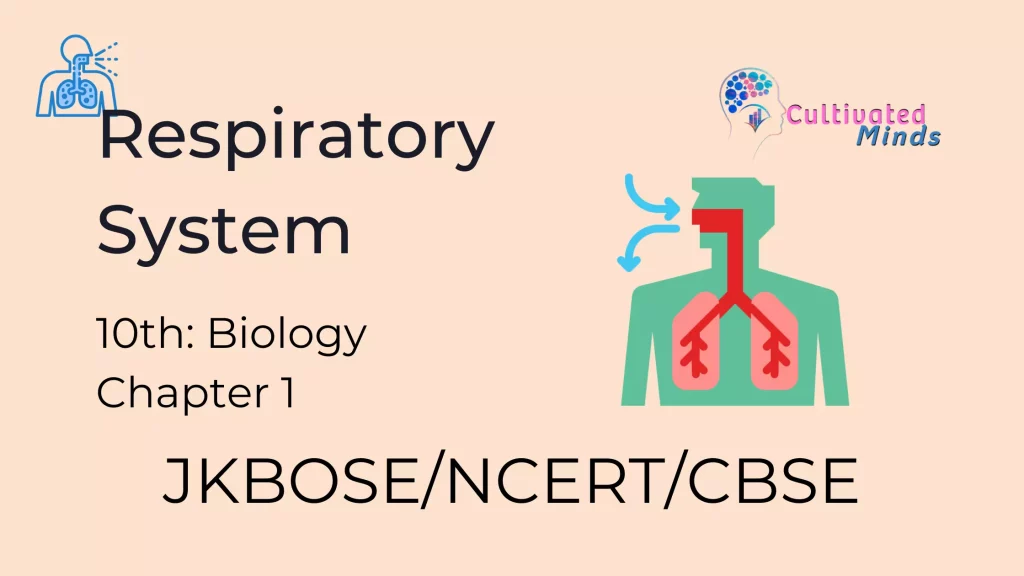Q.No1: RESPIRATION:Respiration is a process in which glucose is broken down with the help of oxygen and energy is released along with the production of carbon dioxide and water.
• There are two types of respiration (I) Aerobic respiration (II) Anaerobic respiration.
(a) Aerobic respiration:-the process of respiration that takes place in the presence of oxygen.
(b)Anaerobic respiration:-the process of respiration that takes place in the absence of oxygen.
Concept and Examples:
• Aerobic respiration example:
Example:– glucose(a 6-carbon molecule) breaks into pyruvate(a 3-carbon molecule) and in the mitochondria pyruvate is broken down into 3 molecules of carbon dioxide and water with the release of energy.
Glucose > pyruvate + energy a carbon dioxide + water + energy.

• Anaerobic respiration example:
Example:-In yeast cells, glucose (a 6-carbon molecule) breaks into pyruvate (a 3-carbon molecule) and pyruvate is then converted to ethanol(a 2-carbon molecule) and carbon dioxide.
Glucose > pyruvate + energy > ethanol + carbon dioxide + energy.
Note:
* If there is a lack of oxygen in our muscle cells, pyruvate breaks in a different pathway. Glucose (a 6-carbon molecule) breaks into pyruvate (a 3 carbon molecule) and pyruvate is then converted to lactic acid (a 3-carbon molecule) along with the release of energy.
Glucose >pyruvate + energy –> lactic acid + energy.
Important points to remember:
• The energy released during the process of respiration is immediately used to synthesize another molecule called as ATP.
• ATP is made from ADP and inorganic phosphate with the help of energy released during respiration.
• ATP is broken down into a fixed amount of energy and then drive the endothermic reactions in the cell.
Q. No 2: Respiration in human beings:Answer:• Air is taken in through nostrils and is filtered while passing through the nostrils by fine hairs and mucus present inside passage.
• From nostrils air passes to throat where rings of cartilages are present to ensure that air passage does not collapse.
• Air reaches lungs from throats and within the lungs the passage divides into smaller and smaller tubes ending into balloon-like structure called alveoli.
• Network of blood vessels are present in the alveoli.
• During breathing air is sucked into the lungs and fills the expanded alveoli.
• The oxygen in the alveolar air is taken by the blood vessels after releasing carbon dioxide collected from all the cells of the body in the alveoli.

• Lungs contain a residual volume of air during the breathing cycle.
Respiratory pigments present in the body take up oxygen from lungs and transport to all the cells of the body.
Hemoglobin is the respiratory pigment of human beings present in the red blood cells which has high affinity for oxygen.
• As carbon dioxide is more soluble in water than oxygen so it is transported mostly in the dissolved form in our blood.


